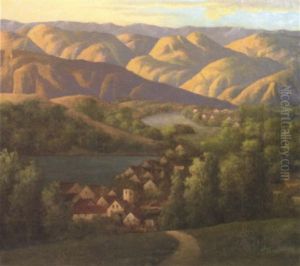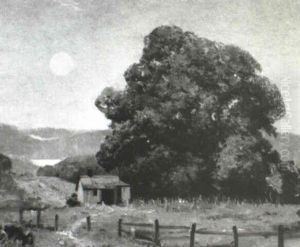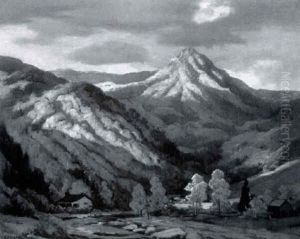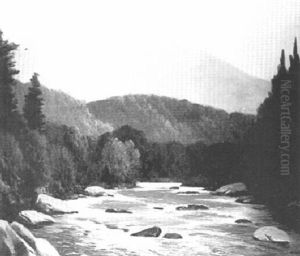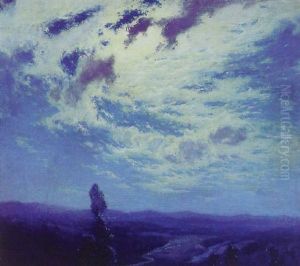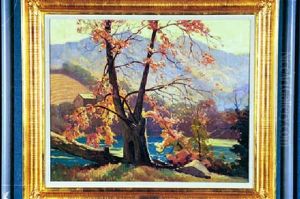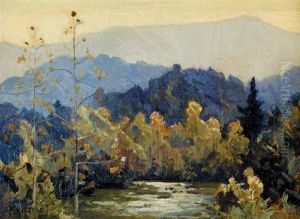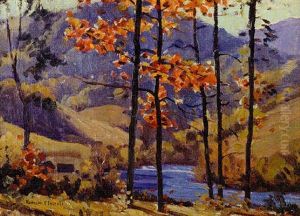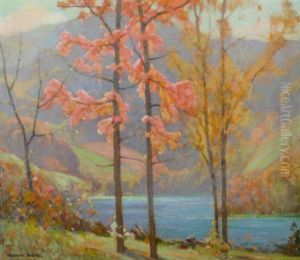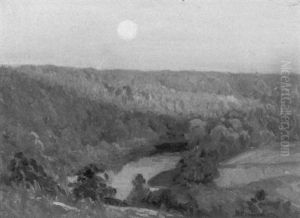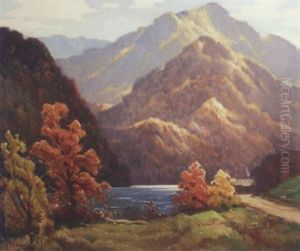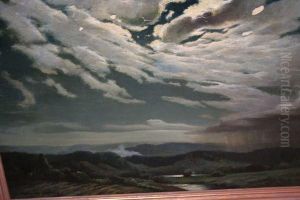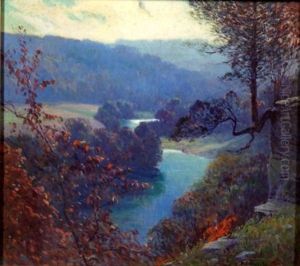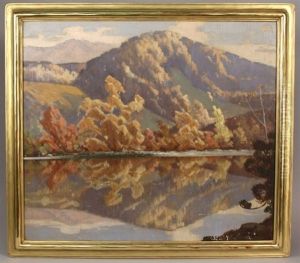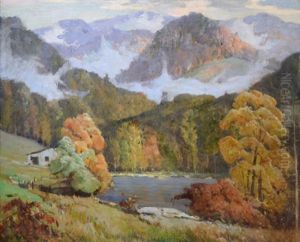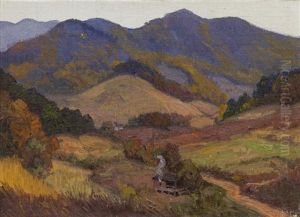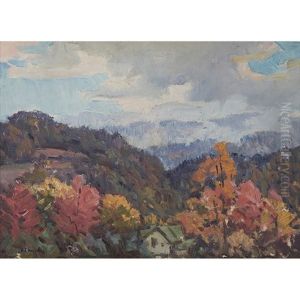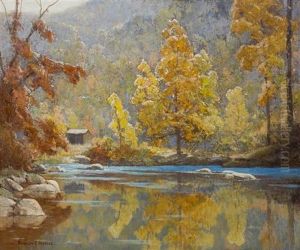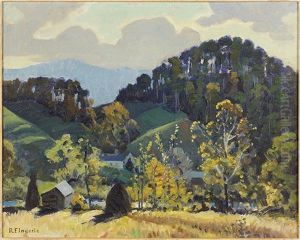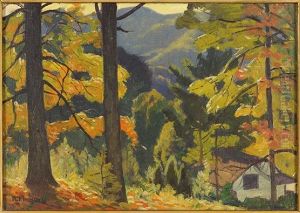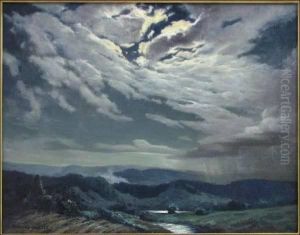Rudolph F. Ingerle Paintings
Rudolph F. Ingerle was an American painter known for his captivating landscapes, particularly those depicting the rugged beauty of the Smoky Mountains. Born in 1879 in Austria, Ingerle emigrated to the United States, where he would eventually carve out a niche for himself within the American art scene. His journey in the arts took him through various phases and locations, ultimately leading him to become closely associated with the Southern Appalachian region.
Ingerle's early life and education in art took place in Europe, but it was in the United States that he found his true inspiration. He settled in Chicago, where he became a part of the city's burgeoning art community. In Chicago, Ingerle was involved with the Palette and Chisel Club, a notable artists' group that provided a supportive environment for members to hone their craft. His work during this period was marked by a keen interest in capturing the essence of the American landscape, an interest that would guide much of his career.
The artist's deep connection with the Smoky Mountains began in the 1920s, when he first visited the region. Ingerle was struck by the natural beauty and the unique cultural heritage of the Southern Appalachians. He became a frequent visitor, often spending extended periods to paint the mountains, forests, and people of the area. These works are characterized by their vibrant colors, meticulous detail, and a profound sense of place. Ingerle's paintings from this period not only showcase his technical skill but also his ability to evoke the mood and atmosphere of the Smoky Mountains.
Throughout his career, Ingerle exhibited widely and received considerable recognition for his work. Despite this, he remained dedicated to his artistic vision, focusing on the landscapes and scenes that inspired him most deeply. His contributions to American art, particularly his depictions of the Southern Appalachians, have left a lasting legacy. Rudolph F. Ingerle's paintings continue to be admired for their beauty and their evocative portrayal of one of America's most beloved regions. He passed away in 1950, leaving behind a body of work that continues to captivate and inspire.
